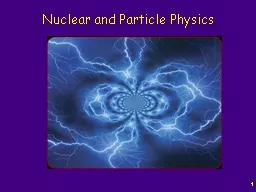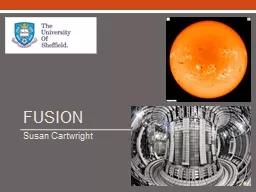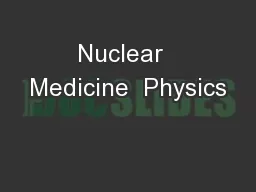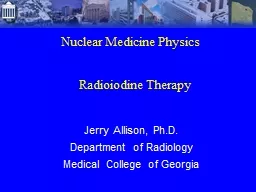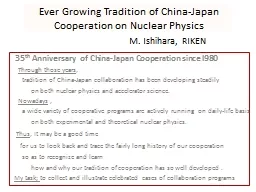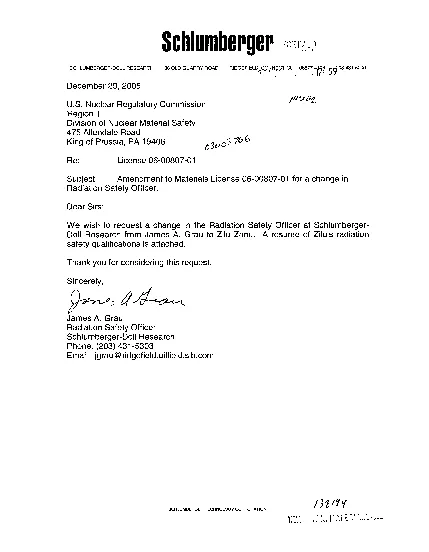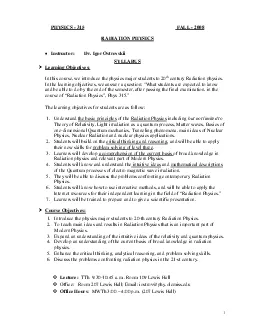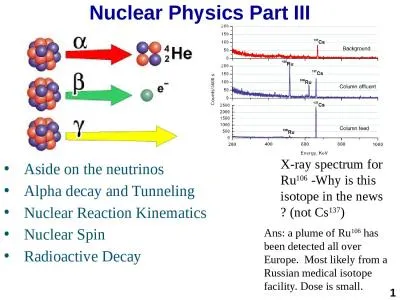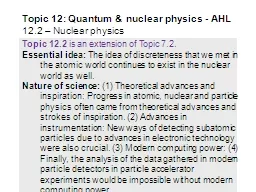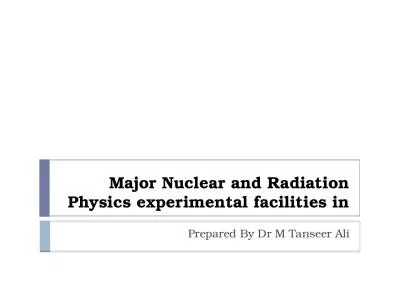PPT-1 Nuclear and Particle Physics
Author : ellena-manuel | Published Date : 2018-03-08
2 Nuclear Physics Back to Rutherford and his discovery of the nucleus Also coined the term proton in 1920 and described a neutron in 1921 Neutron discovered by Chadwick
Presentation Embed Code
Download Presentation
Download Presentation The PPT/PDF document "1 Nuclear and Particle Physics" is the property of its rightful owner. Permission is granted to download and print the materials on this website for personal, non-commercial use only, and to display it on your personal computer provided you do not modify the materials and that you retain all copyright notices contained in the materials. By downloading content from our website, you accept the terms of this agreement.
1 Nuclear and Particle Physics: Transcript
Download Rules Of Document
"1 Nuclear and Particle Physics"The content belongs to its owner. You may download and print it for personal use, without modification, and keep all copyright notices. By downloading, you agree to these terms.
Related Documents

